Print calypso with 17 industry icons - The Noel D'Cunha Sunday Column
PrintWeek India asked the leaders in the industry what they thought about 2018, and the one over-riding pattern they saw in the last 12 months?
A Sunday Column special in the run-up to PrintPack 2019. Read the 17 mantras if you're serious about a route map for your firm’s future
12 Jan 2019 | By Noel D'Cunha
Venugopal Menon, Bobst: I would like to answer this question differently from the buying pattern or the customer base that have started approaching us and looking at a Bobst. We have seen a lot of shift happening in the D / E segment of the customer base who want to invest in better technology and automate their production process. Space is becoming a luxury, labour availability is becoming a challenge, buyers have become less and less forgiving, lead times have become yesterday, quality is a given.

Business is growing but it is also becoming competitive. This is a strange paradox which India is living in and will be going forward. With GST rolling in we will see more unorganised players getting into the organised playing field and optimising their infrastructure. Thus over the last five years, we see that almost 40-50% of our sales are with new customers and companies from this segment.
They decided to invest in proven and reliable technology like Bobst in anticipation that their investment will make them not only successful and keep them ahead of the curve. Thus the market also expects from us the required hand-holding and after sales support for which we have taken several steps – whether if it was adding more trained technicians at our end, placing them at different locations close to customers or having started the operator training school in Pune to address the ever-dwindling pool of good operators.
Puneet Datta, Canon India: India is still in diversification phase. We can still see unit sales on the lower end of the spectrum growing at a much faster pace.

Ashwani Bhardwaj, Hubergroup India: Packaging printing continues to grow; commercial printing is either stagnant or even declining in some segments. The market is also evolving towards value-added products.

Sangam Khanna, Komori India: I have seen a surge in all the verticals of our business, commercial, publishing, semi-commercial and packaging. I see the demand for digital now growing and customer asking us for better solutions.

Manish Gupta, Konica Minolta: We see a healthy pattern in all the segments of the production printing. Monochrome is increasing because of POD books and government putting restrictions on the import of used machines.
Vineet Gehani, Xerox India: The digital production printing market in India is overall growth in high double digits, along with its sub-segments of colour and monochrome. Within that space, each microsegment is also growing substantially and the trend is expected to continue. It’s only reminiscent of the fact that there is some churn happening from the offset space as run lengths keep getting shorter and the transition from RGB to CMYK albums in the photo printing space. The pattern is clear and the overall tailwinds seem to continue as we enter into 2019.

Ajay Raorane, Domino Digital Printing Business: As we said, we are young business and we hope to see a couple of installations in the coming financial year based on the feedback we are getting from the market. We will be in a better position to share more with you next year.
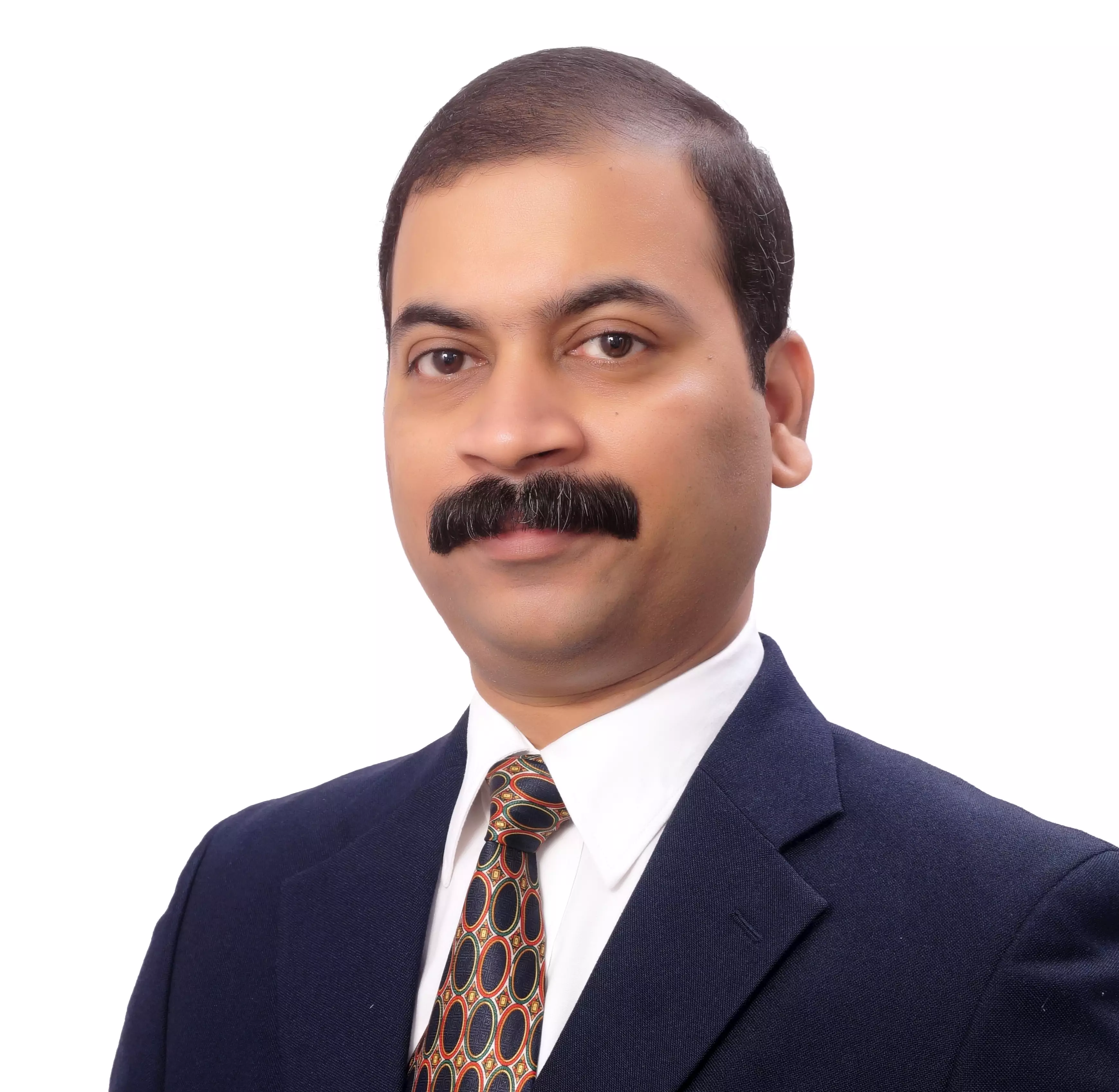
Alan Barreto, Nilpeter: Our sales have gone up due to our position as a global supplier of the FB-Line. What is revealing is how different countries have distinct approaches to configuring presses. In our core market of the India subcontinent, we see a very wide range of requirements and hence configurations, though there is a trend towards higher value adding features.
Alan Barreto, Nilpeter (r)
Vinay Kaushal, Provin Technos: The trend is moving towards high-end configurations with more inclination towards UV printing. Another trend is very short-run print in label segment.
KS Murthy, Toyo Ink: As I said, we worked hard and customers were very supportive in understanding our product and services this year. As a result, we have managed to increase by more than 25% of the sale from 2017. We have set high targets and are committed to getting better growth in 2019.
Ranesh Bajaj, Vinsak: Labels and packaging have grown the most. Security solution for documents and brand protection has been stable. The pattern remains that as print redefine itself, some players will fall by the side but the ones who want to change will you a good opportunity to re-tool them with better equipment.

Sonal Sheth of Sheth Printograph: The sales are high during September to December due to peak season for packaging, education, diaries, wedding, etc. The sales usually slow down in February-March due to year ending and April – July is just slackening.
BS Kampani of YC Inks: Industry has always observed seasonal sales. However, when demonetisation took place in November 2016; we were heading towards the peak of the festive season. Though the production had geared up with raw material and finished goods, there were hardly any sales worth mentioning. These flat sales in consumer printing and packaging with downslide continued right up till the end of 2017. Almost a year down the line as the markets began their look up; came to the well-intentioned but poorly implemented GST bomb. Over the past two years, the industry had a lot to deal with. It is yet to get back to predictable seasonal growth game.
Harveer Sahni, Weldon Celloplast: The capital equipment sales moved with the state of the economy, the consumables kept us busy in slower times. It may appear wrong to some but the higher investment making companies are looking better than those who are investing in the lower-end because the top end understands the need to innovate and produce products that add to their bottom lines. However, the top-end of the triangle is small with many suppliers.
Ashutosh Verma, Aarsan Trexim: We see that on the one hand, our buyers include big purchasers who buy in bulk and other its end users also who buy just two inks at a time. Few ink cartridges dominate the sales volume and value.

Deepak Agarwal, Printing Machine Solutions: We have seen that different customers have different demands and requirements and we have to provide solutions based on that. Still, we noticed that the customers prefer value added machine.

Parag Shah of Hitech India: 50% of our orders are repeated.
The full version of these interviews will be published in the Special PrintPack 2019 January Issue which will be available at the PrintWeek India stall Hall 9 / Stand F30 from 1 to 6 February 2019





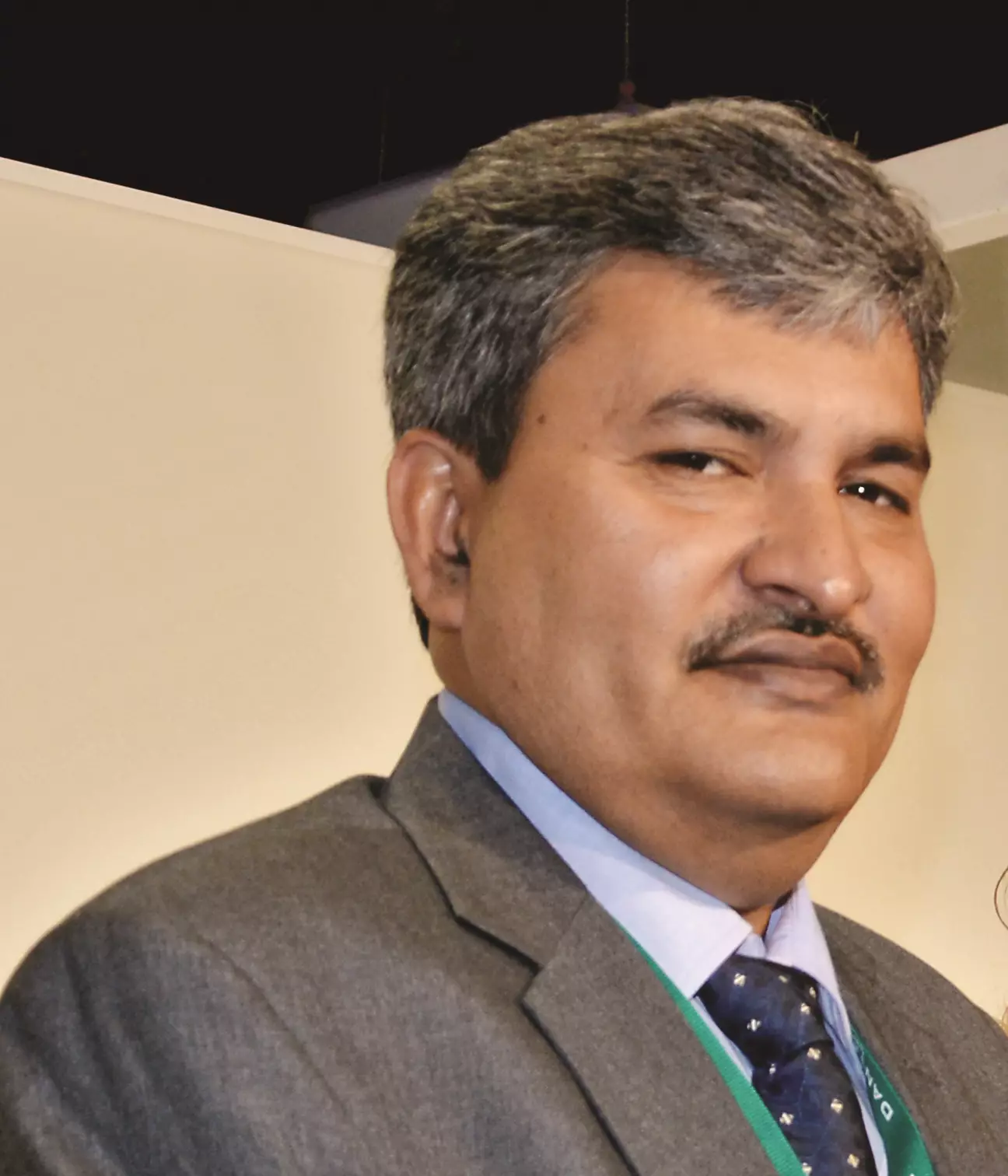
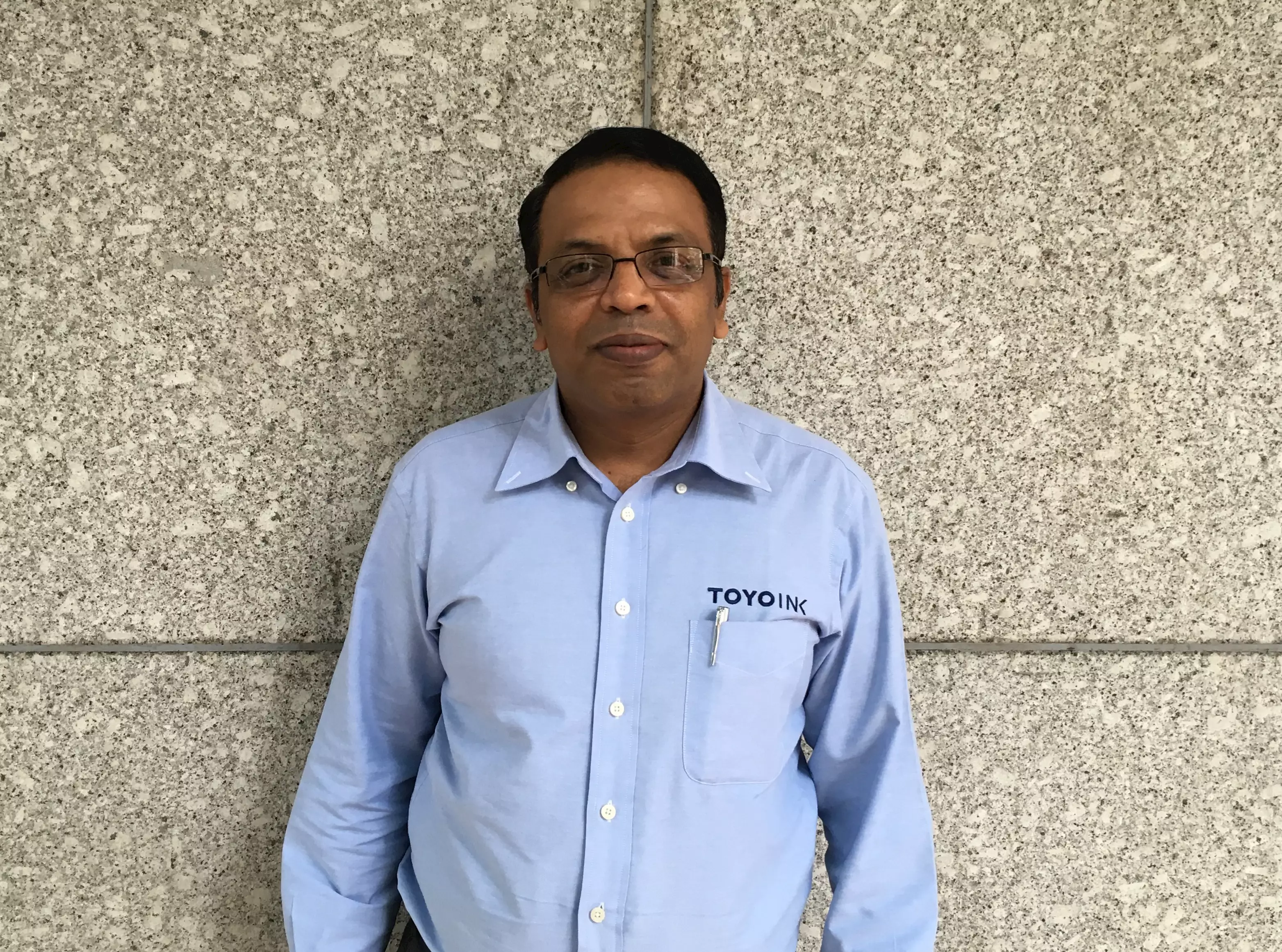
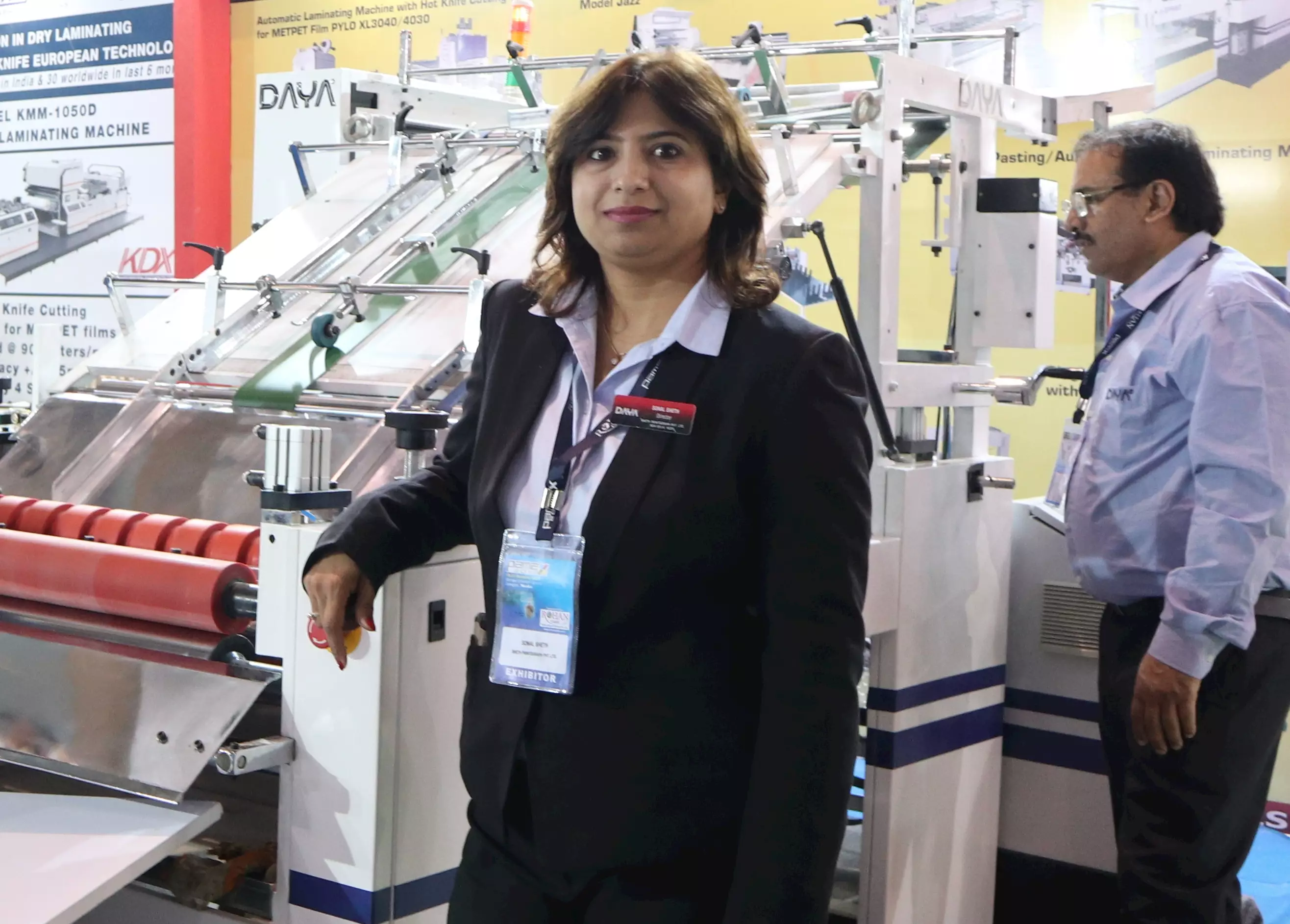
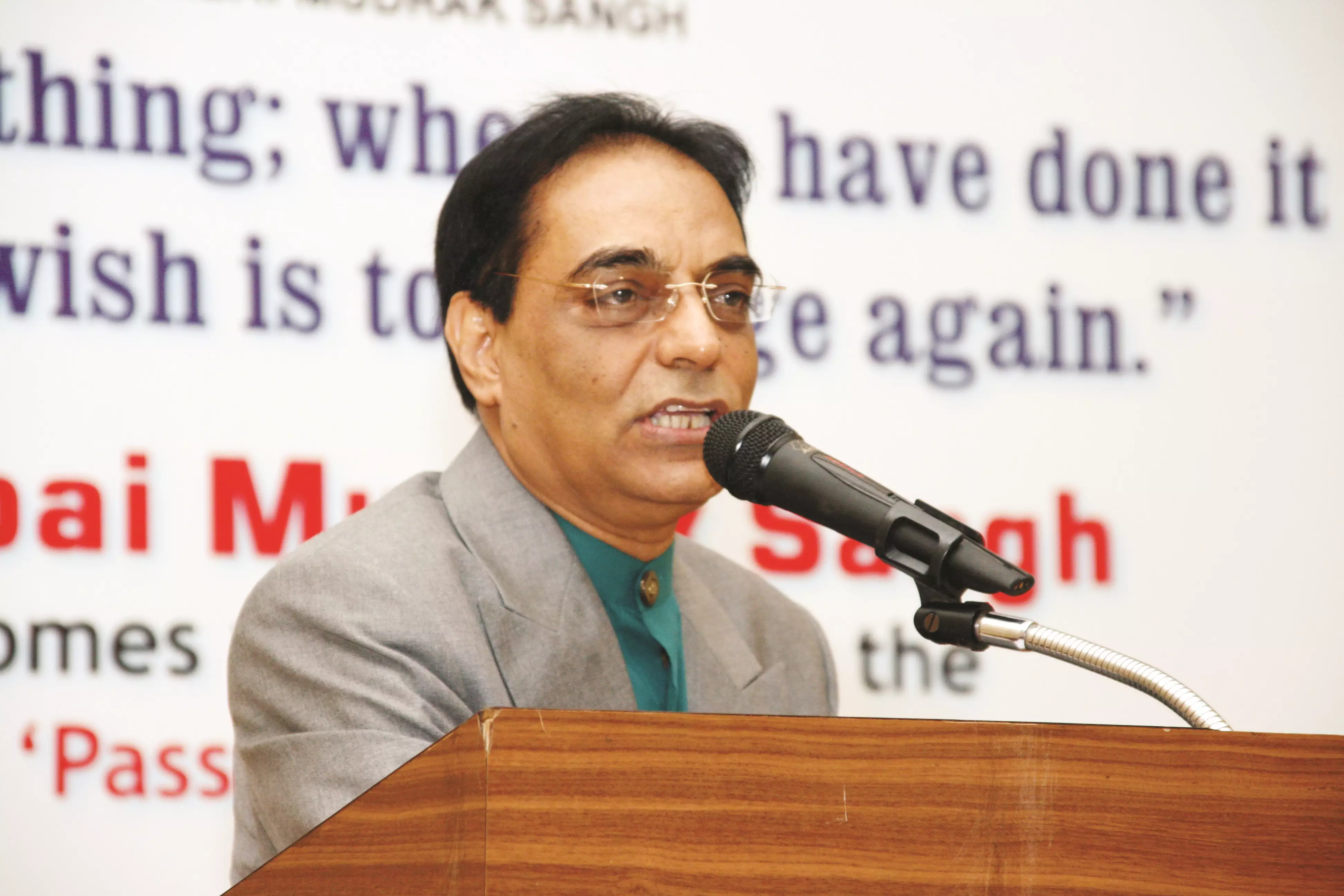

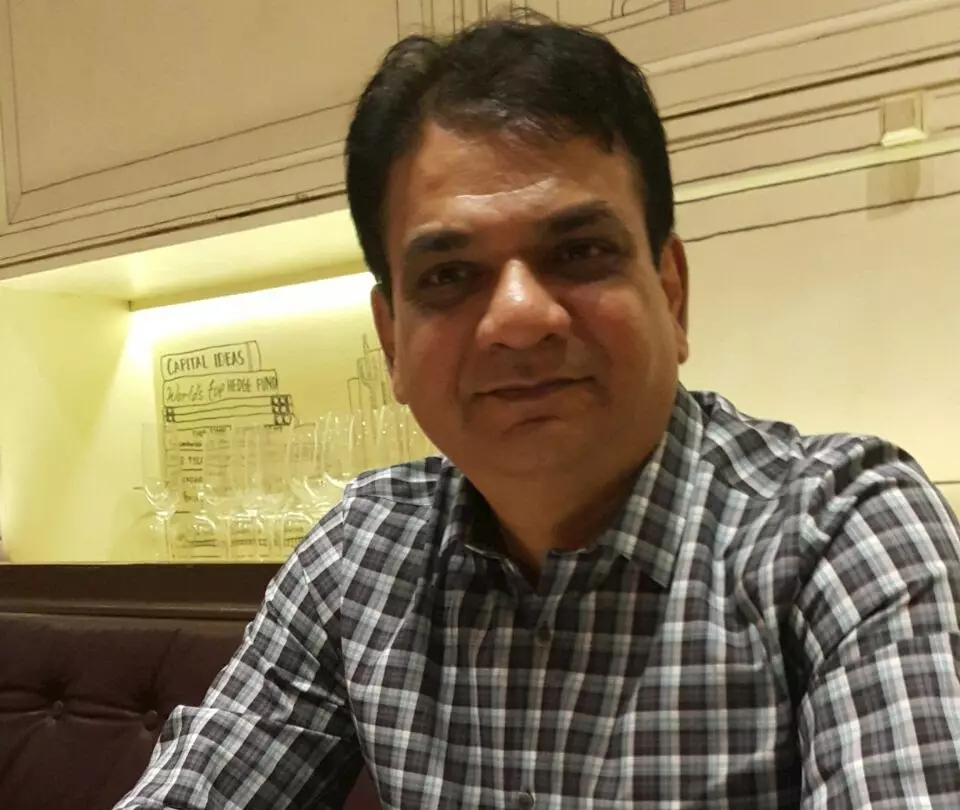








 See All
See All